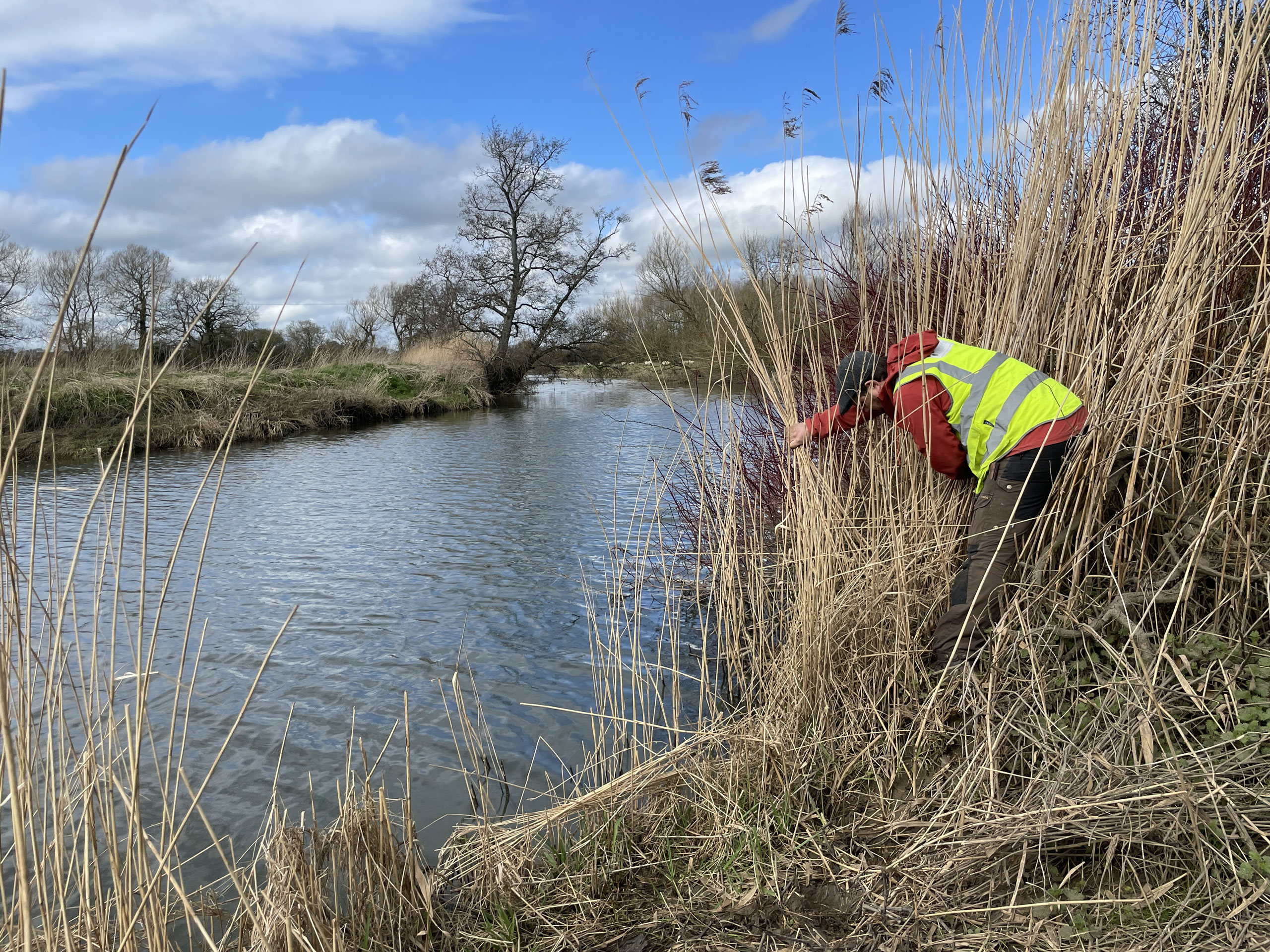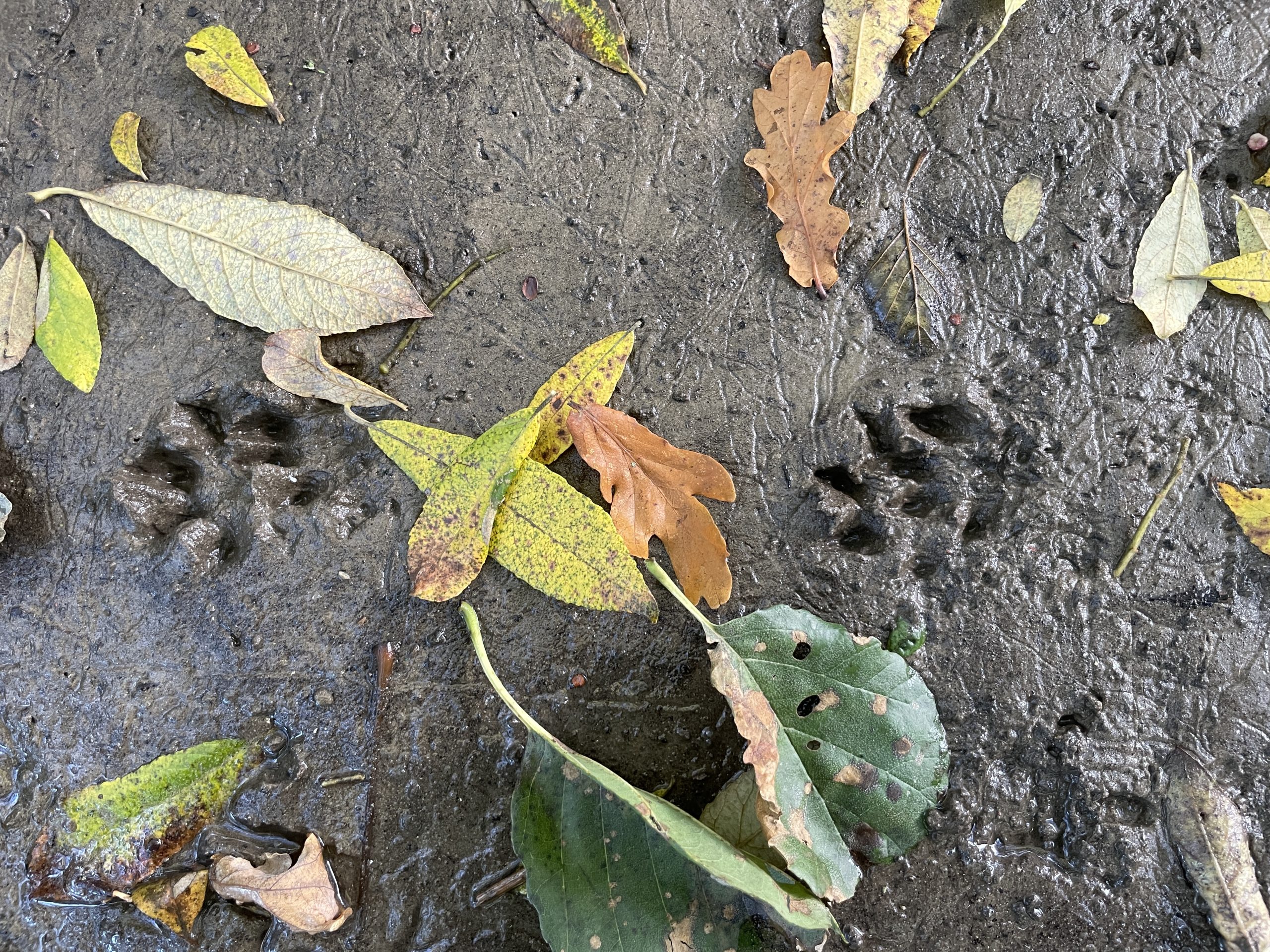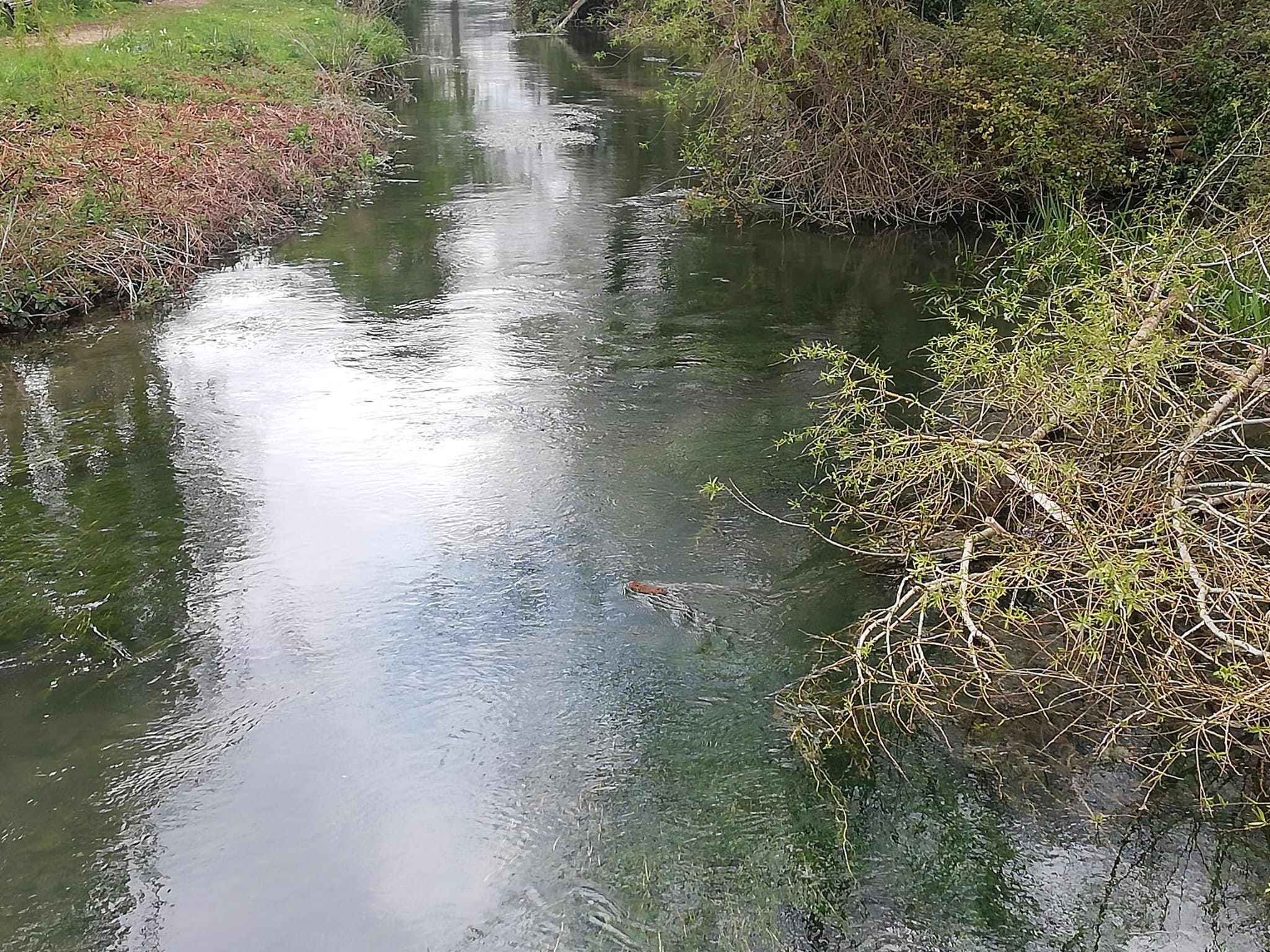In a nutshell…
Remember Ratty from The Wind In The Willows? He was a water vole – and definitely the best-dressed.
Water voles are rat-like mammals that live near rivers and streams. But these poor creatures have faced one of the most dramatic population declines of any mammal. It’s estimated that their numbers have dropped over 95% since 1960, due largely to aggressive farming and watercourse management.
As such, they’re legally protected in the UK. You could get into real trouble if your project affects them.
So if it looks like they might be in or around your site, you should get a water vole survey done early in the planning process. That way, you know what you’re dealing with, and can figure out how to work around them.
We can help you with this. Just click the button above.
Want to know more about how it all works? Read on.
Why do you need one?
Water vole surveys detect evidence of this species being present on or near your site.
You’ll need one if:
- the Preliminary Ecological Appraisal (PEA) identifies suitable habitat on your site
- a data search shows historic water vole presence
- recent evidence of nearby water voles is recorded
Water voles are small, semi-aquatic mammals. They live close to freshwater in waterside burrows within banks, using the river for feeding and commuting. Their burrows can extend up to 5m underground, so any works that require digging or breaking ground near a waterway have the potential to adversely impact these animals or their habitat.
Darwin Ecology can provide habitat enhancements and mitigation advice if you have or want water voles on or near your site.
If you think you require a water vole survey, we recommend you get in touch as soon as possible. We’ll establish the potential constraints to your development, and find a suitable solution as early in the process as possible.
What does the survey involve?
Water vole surveys have two stages: a habitat assessment and a survey to confirm their presence or likely absence.
Habitat assessments can be done between March and October (inclusive). Presence / likely absence surveys can be done between April to September (inclusive) and involve two visits.
If we deem your site suitable for water voles, our surveys generally involve:
- Fingertip search – A thorough search for typical water vole signs like latrines, feeding stations, burrows and footprints along the edge of a water body. It often involves the surveyor getting in the water to check!
- Float surveys – Floats formed of buoyant material anchored to the river bank. This creates artificial platforms that may encourage water voles to latrine where there aren’t many natural features suitable for territory-marking behaviour, making it easier to prove their presence. We check these floats several times over three weeks.
- Report – We’ll write up the survey results in a Phase 2 report suitable for submission alongside your planning application. If there are active water vole burrows on your site, we’ll include details of the mitigation and compensation measures you’ll need to avoid impacts and ensure your project complies with the relevant policies and legislation.
Our ecologists stay up-to-date on best-practice surveying techniques, including those in WildCRU’s Water Vole Conservation Handbook (Strachan et al, 2011) and the Water Vole Mitigation Handbook (Mammal Society, 2016). Our surveyors also meet the competencies set out by the Chartered Institute of Ecology and Environmental Management (CIEEM).
What if we find water voles?
If your site has water voles, planning permission may be refused unless you prove they’ll be protected during the development process and that disturbance will be minimal.
Mitigation measures may involve: keeping water vole burrows in situ where possible, and avoiding habitat fragmentation; not working where there are water voles present; creating new suitable habitats; improving connectivity; and compensatory planting.
When disturbance to water voles or damage to their habitats is likely to occur, a licence to survey and/or mitigate is required. Mitigation strategies must be designed before any works. In most cases, such licences are awarded for conservation, not development purposes. We can advise you on how best to proceed with your project in this instance.
For more information on water vole surveys, contact us now.
Species status and protection
Water voles are fully protected under the Wildlife and Countryside Act 1981 (as amended). This makes it an offence to: kill or injure water voles; damage, destroy or obstruct access to places they use for protection or shelter; and disturb water voles while they occupy such a place.
The water vole is also a UK BAP Priority Species, and has been adopted as a Species of Principal Importance in England under Section 41 of the NERC Act 2006.


